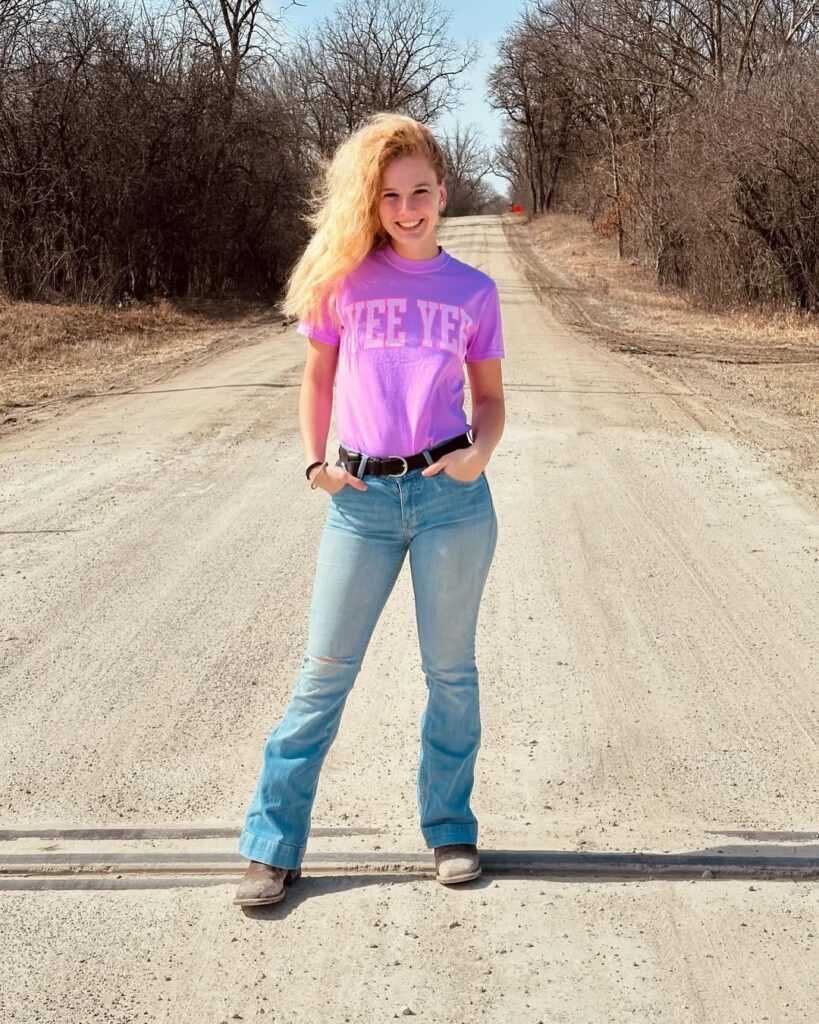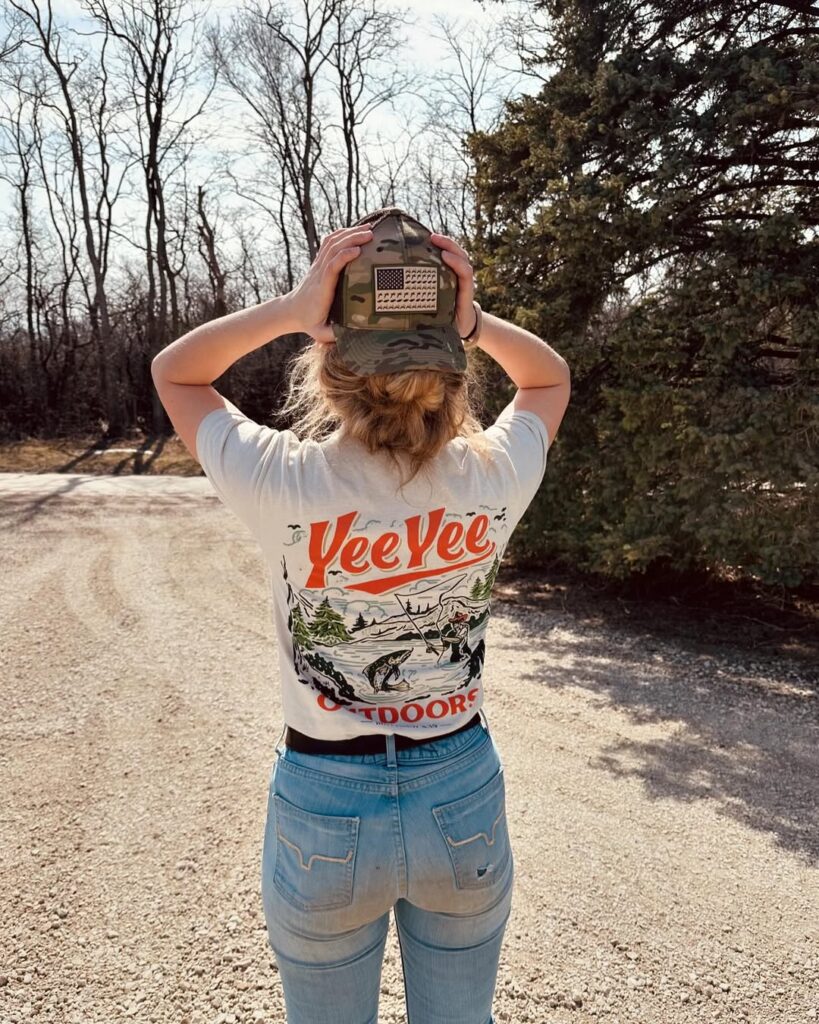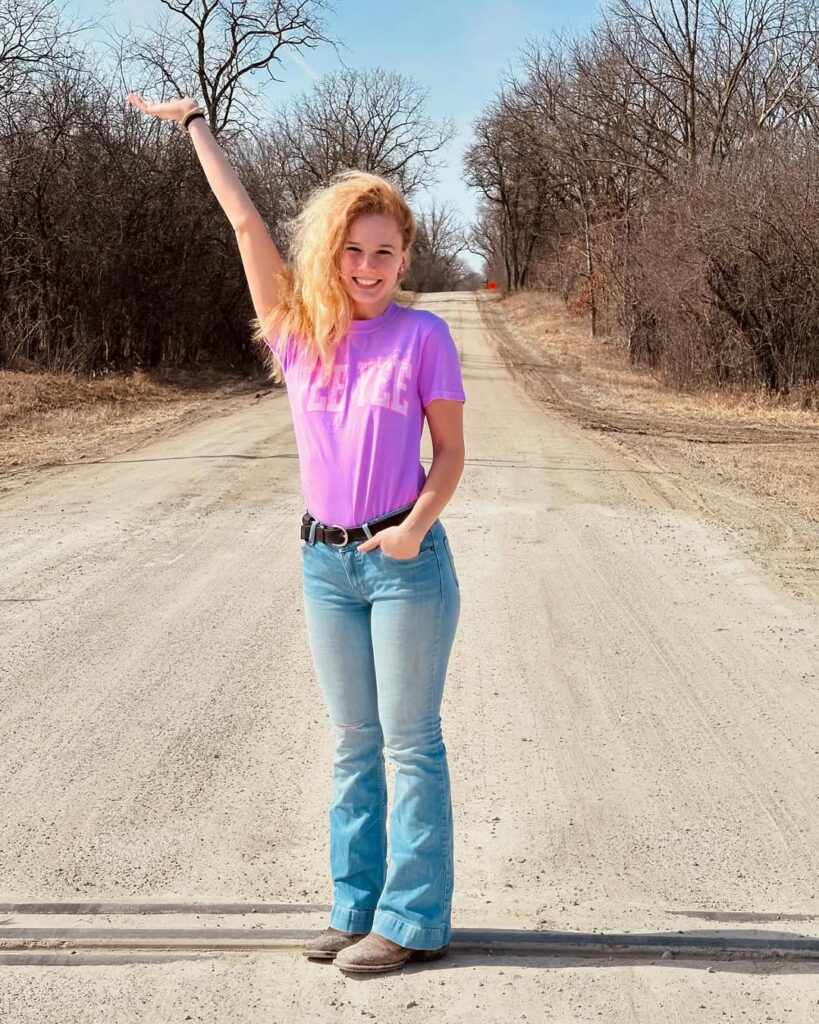In the quiet folds of the countryside, where the hills roll gently like waves frozen in time and the sky stretches endlessly above fields of gold and green, lived a girl named Clara. Her world was a patchwork of earth and sky, stitched together by winding dirt roads and framed by towering oak trees. The countryside was not just her home—it was her companion, her teacher, and the keeper of her dreams.
Clara was sixteen, with sun-kissed skin and hair the color of ripe wheat. Her hands were often dirty from digging in the garden or climbing trees, and her bare feet knew every stone and stream within a five-mile radius. She lived with her grandparents on a small farm nestled between two hills, where chickens clucked lazily, cows grazed contentedly, and the scent of wildflowers drifted on the breeze. It was a simple life by most standards, but it was rich in ways that couldn’t be measured by money or fame.

Each morning began with the rising sun spilling over the hills, casting golden light across the fields. Clara would wake to the soft rustling of leaves and the distant bleating of sheep. Her first task was always to feed the animals. She’d hum old folk songs as she scattered seed for the chickens and carried pails of water to the goats. It wasn’t work to her; it was part of the rhythm of life she had come to love.
The countryside, with all its stillness, was never truly quiet. There were the buzzing of bees, the chirping of crickets, the rustle of a deer darting through the woods. Nature spoke in a language Clara had learned to understand—an ever-changing melody of wind, rustling trees, and birdsong. It offered her comfort, especially during moments when she felt alone or uncertain.

School was a small building five miles away, and Clara walked there each day unless the weather was too rough. The path took her through meadows and over creeks, past Mr. Hollis’s apple orchard and Mrs. Finch’s lavender garden. She didn’t mind the walk; it gave her time to think. While other students dreamed of cities, cars, and skyscrapers, Clara’s heart remained tethered to the land that raised her. She often wondered what it would be like to leave, to live among crowds and lights, but the thought always felt distant and a little sad.
Clara’s best friend was a girl named Eliza, who lived on the next farm over. They had known each other since they were toddlers, and together they built forts in the woods, picked berries in the summer, and ice-skated on the frozen pond in winter. They shared everything—hopes, fears, and dreams spun from the clouds above their heads. Eliza sometimes talked of leaving for the city, of becoming a writer or an artist. Clara listened, supportive but quiet, unsure if those dreams would ever be her own.

The seasons shaped Clara’s life as much as any school lesson. Spring brought new lambs and the sweet smell of rain on fresh earth. Summer meant long days and warm nights filled with fireflies and stargazing. Autumn painted the trees with fire and gold, and winter wrapped the world in stillness and white silence. Each season brought new responsibilities, but also new wonders. Clara learned to milk cows, preserve fruits, and plant vegetables. She learned patience and resilience, skills not taught in textbooks but deeply embedded in the soil beneath her feet.
Her grandfather, a quiet man with kind eyes, taught her to read the sky. “Weather tells you stories,” he would say. “You just have to know how to listen.” Her grandmother, with hands soft from kneading bread and sewing quilts, passed on recipes and songs that had been in the family for generations. They taught Clara to live gently but firmly, to appreciate what she had, and to give thanks for small blessings.

Though life in the countryside was peaceful, it wasn’t without its challenges. There were times when the crops failed, or the well ran low, or storms battered the old barn. But even then, Clara found strength in the land and in the community that surrounded her. Neighbors helped one another—not out of obligation, but out of shared experience and silent understanding.
One summer, a drought hit harder than anyone expected. The fields turned dusty, and the riverbanks cracked under the sun. Clara watched her grandfather’s worry deepen with each passing day. She and Eliza hauled water from the creek, rationed every drop, and tried to keep the animals cool. It was during those dry weeks that Clara realized just how connected she was to this place. The land’s suffering became her own, but so did its recovery. When the rain finally came, it felt like a miracle, and Clara stood in the downpour laughing and crying all at once.

As Clara grew older, the question of the future loomed larger. Would she stay, tending to the land she loved? Or would she go, chasing possibilities beyond the hills? Her heart tugged in both directions, caught between the desire for something more and the deep roots that anchored her soul. Her grandparents, wise in their own way, never pressured her. “Follow your heart,” her grandmother said one evening as they shelled peas on the porch. “But don’t forget where it started beating.”
Eventually, Clara made a decision—not to abandon the countryside, but to bridge it with the wider world. She enrolled in an agricultural program in a nearby town, determined to learn how to improve the farm and make it more sustainable. She wanted to bring modern knowledge to her traditional roots, to preserve the land while preparing it for the future. It wasn’t a farewell; it was a promise.
Even when she traveled away for school, Clara always returned on weekends, walking the same paths, feeding the same animals, watching the same sunrises. The countryside had shaped her in ways she couldn’t fully explain. It had taught her to be still, to listen, to respect the balance of life. And as she stood one morning watching a new foal take its first steps in the dewy pasture, she knew—no matter where she went, the girl of the countryside would always live within her.



